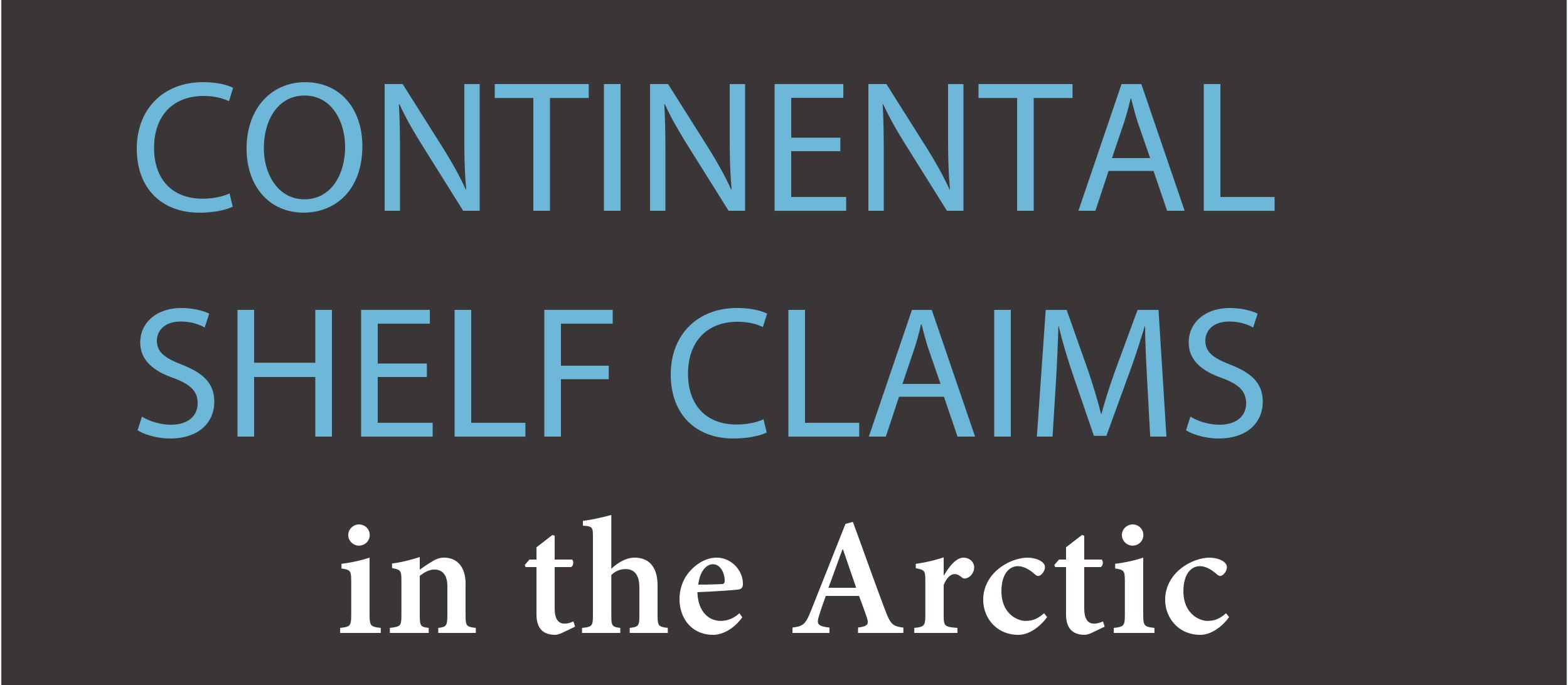Exploring Continental Shelf Claims in the Arctic - Infographic

Climate change and the opening of the Arctic Ocean has led to an increased focus on the borders in the region. Who owns the Arctic, its natural resources or shipping lanes? The answer to these questions are found in international law and; in particular, the United Nations Convention on the Law of the Sea (UNCLOS).
Topographically, the continental shelf is a shallow extension of the continent’s landmass under the ocean, restricted outwardly by the shelf break. According to UNCLOS Art. 76, the default length of the continental shelf is a minimum of 200 nautical miles from the coastal state’s baselines. Coastal states can claim an extended continental shelf up to 350 nautical miles from its baselines by proving that this area is a natural prolongation of the state’s land territory. The Arctic coastal states can, and have, made these claims—some of which overlap.
Why does the extended continental shelf matter? Largely becomes it decides who has the sovereign right to explore and exploit the natural resources. That being said, coastal states do not have sovereign rights over the water column or the airspace subjacent to the continental shelf.
This Quick Start Guide, designed by Seattle-based illustrator Tami Tolpa, gives a brief introduction to UNCLOS and an overview of the different continental shelf claims in the Arctic.